Introduction
The Essential Role of Pipeline Maintenance
Pipeline Maintenance is an integral part of many industrial systems. Regular maintenance ensures the smooth operation of these pipelines and prevents disruptions that can lead to significant environmental and economic consequences. By detecting potential problems promptly through routine inspections and using maintenance tools such as foam pigs, operators can prevent leaks and blockages that could lead to catastrophic environmental damage or endanger public safety. In addition, well-maintained pipelines are essential to minimize losses and ensure that transported materials reach their destinations safely and efficiently.
Proper pipeline maintenance is not only about preventing immediate problems, it also plays a strategic role in extending the life of pipeline infrastructure. Pipes are vulnerable to various forms of wear, such as corrosion, which can be exacerbated by factors such as the chemical composition of the material being delivered and the external environment. With ongoing maintenance practices, the onset of such degradation can be delayed, thereby avoiding costly repairs and replacements. In a broader sense, pipeline maintenance is an ongoing commitment to environmental stewardship, ensuring that industries that rely on these pipelines can continue to operate without causing unnecessary harm to the planet. This commitment to pipeline integrity is also reflected in how it preserves the company’s reputation and maintains public trust in the industry.
Understanding Foam Pigs
What Are Foam Pigs and How Do They Work?
Foam pigs are cleaning devices for pipelines. They clear debris and maintain flow efficiency. Operators insert them into the pipeline. Once inside, they move along with the flowing product. Their foam body conforms to the pipeline’s interior. This action scrapes unwanted materials off the pipe walls.
The Various Types of Foam Pigs and Their Applications
There are several types of foam pigs. Each serves a different purpose. The bare foam pig offers basic cleaning. It’s ideal for light maintenance. The criss-cross foam pig has a patterned surface. It removes more stubborn deposits. A foam pig with brushes tackles tougher residues. The brushes enhance the cleaning action. The criss-cross foam pig with brushes combines patterns and brushes. It provides a thorough cleaning for challenging conditions.
The Benefits of Using Foam Pigs Over Other Pigging Solutions
Using foam pigs has many benefits. They are less costly than other pigging solutions. Foam pigs cause minimal wear on pipeline interiors. They adapt to varying pipeline diameters. This flexibility ensures a broad range of applications. They also reduce downtime. This makes maintenance tasks quicker and more efficient.
Foam Pig Applications
Foam pigs play a crucial role in maintaining pipelines. For routine cleaning, they sweep away sediment and scale, ensuring peak performance. Regular use prevents build-up. It keeps pipelines running smoothly.
In batch separation, foam pigs excel. They prevent cross-contamination between different products. They act as barriers, segregating batches effectively. This ensures product purity during transport.
Foam pigs also assist with pipeline drying. They prepare pipes for maintenance or decommissioning. By removing moisture, they prevent corrosion. This extends the pipeline’s service life.
Gauging is another key application. Foam pigs check for diameter consistency. They reveal obstructions or deformities. This ensures pipeline integrity before and after operations. It guarantees safe and efficient operation.
Operational Considerations:
preparing for a foam pig run is vital. Inspect the pipeline thoroughly first. Ensure the launcher is clean and functional. Calibrate pressure levels carefully. This sets the stage for a successful run.
Launching techniques matter for foam pigs. Always insert the pigs gently to avoid damage. Align them correctly with the pipeline axis. Use the recommended insertion speed. This ensures a smooth entry.
Tracking and monitoring are essential during a pig run. Use tracking devices to follow the pig’s progress. Monitor pressure changes to detect anomalies. This approach guarantees a safe and effective run.
Common hurdles include stuck pigs and incomplete cleaning. To overcome these, ensure the pig size matches the pipeline. Prepare for bends and reductions in the pipe. Maintain constant communication with the tracking team. This helps to address issues promptly.
Conclusion
The utilization of foam pigs is a testament to the importance of proactive pipeline maintenance. These versatile tools are indispensable in preserving the functionality and longevity of pipeline systems. They not only serve to maintain cleanliness and efficiency but also play a significant role in protecting the environment and public well-being. By employing foam pigs for routine cleaning, batch separation, drying, and gauging, operators can prevent costly and dangerous incidents that could disrupt operations and cause harm.
The success of foam pig operations hinges on meticulous preparation, proper launching techniques, and diligent tracking and monitoring. Facing operational challenges head-on and utilizing best practices ensure that pipelines continue to function as intended. The commitment to consistent and effective pipeline maintenance, with foam pigs as a key component, reflects an industry’s dedication to sustainability, safety, and the responsible stewardship of infrastructure. This proactive approach not only safeguards assets but also upholds the trust placed in these systems by communities and stakeholders. Ultimately, foam pigs are not just tools but symbols of a broader commitment to operational excellence and environmental responsibility.



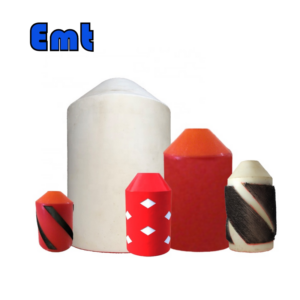
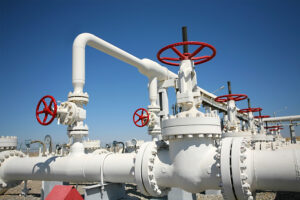

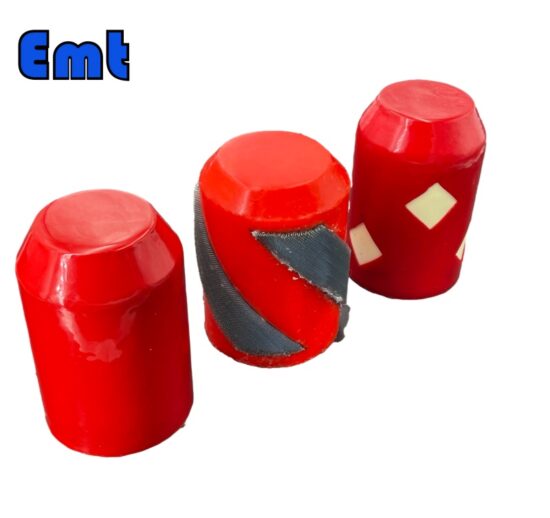
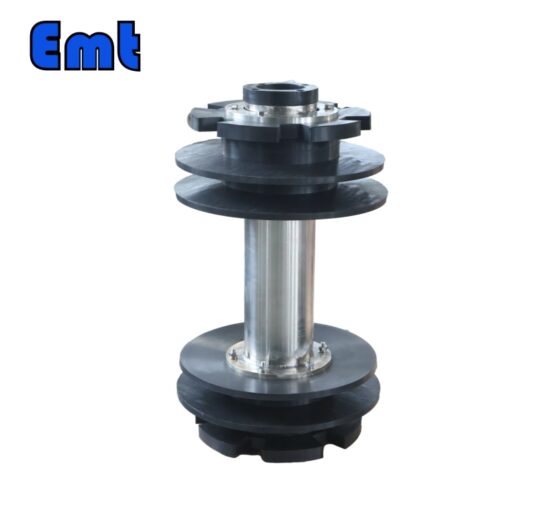
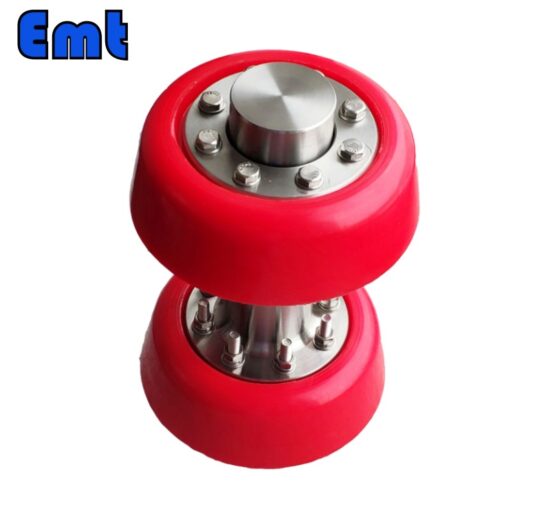
There are no reviews yet.